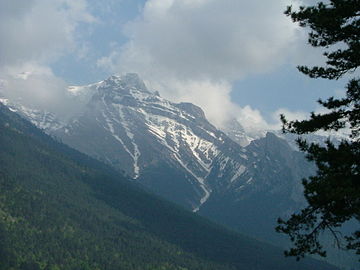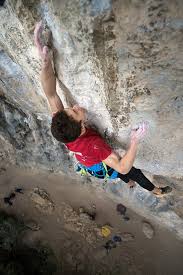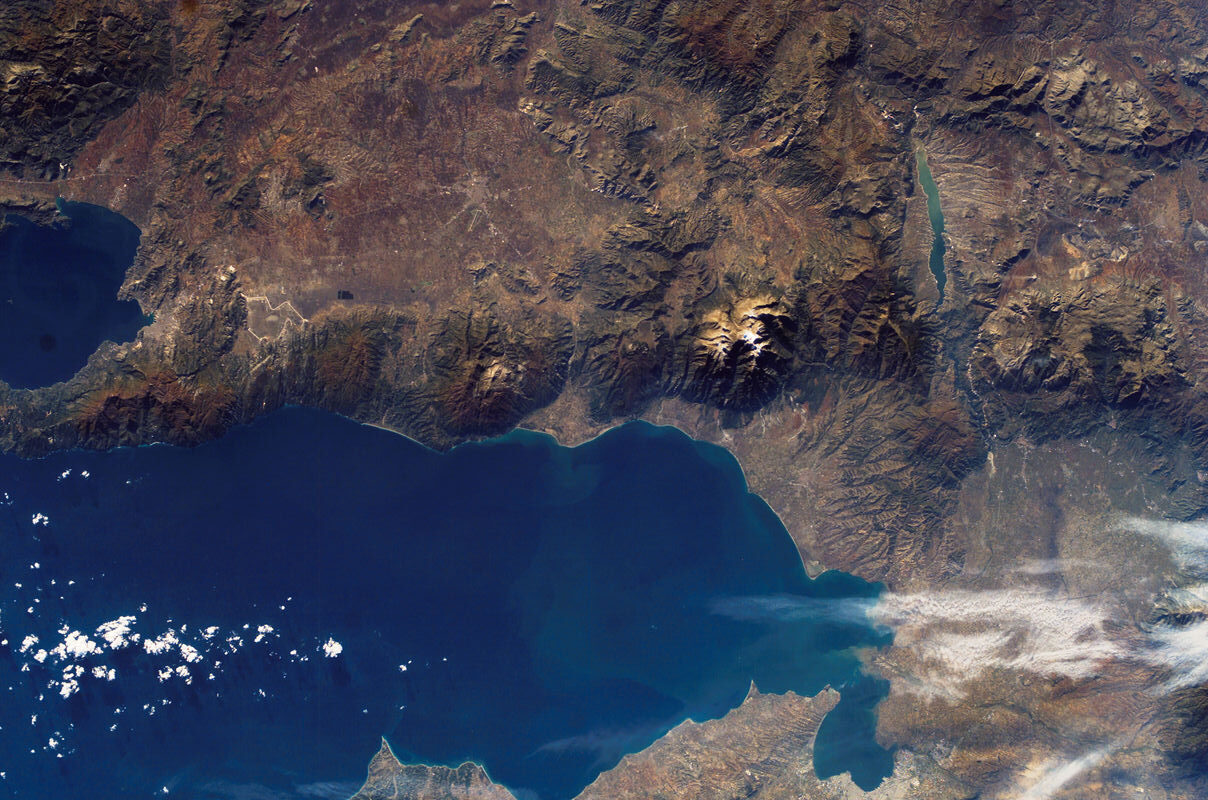In Greek mythology, Olympus was considered the seat of the Greek gods, including the most important Zeus. From this place, the gods were supposed to direct human fate. It was believed that whenever a man tried to enter it, he fell from it. Olympus (Greek: Όλυμπος, ΄Olimbos; pronounced with the accent on the first syllable) – the highest mountain massif in Greece, located between the northern and central parts of the country, separating historical Macedonia from Thessaly Olympus is the mountain range covered with snow for the longest time in Greece – hence its name, meaning “shining”
The highest peak
it is the highest mountain massif in Greece consisting of 52 peaks. Its highest peak, Mitikas, is located at an altitude of 2,918 m above sea level. Since 1938 lies within the borders of the national park, and since 1981 has been included in UNESCO biosphere reserves. As most of you probably remember, the ancient Greeks considered Oros Olympos to be the seat of the gods. The palace where the twelve gods met was located on the highest peak in Greece. The most powerful of them, Zeus, chose the Stefani peak as his headquarters, from where he threw thunder and lightning.
Its highest peak, Mitikas, rises to 2,918 m above sea level. Other peaks include Skolio (2,911 m), Stefani (2,909 m), Skala (2,866 m), Touba (2,785 m). The massif is located between the valleys of the Pinios and Aliakmon rivers, on the Thermaic Gulf. From the west and southwest it ends with vertical walls up to 500 meters high. Of the northern cliffs, the highest is the Skolio wall, which is 400 meters high. The height difference between the center of Litochoro and the main peak of Olympus is 2,620 meters.

Conquerors of the mountain top

The first known person to reach near the peak was Ottoman Mehmed IV in 1669. The first ascent to the highest peak of the massif, Mitikas, was made on August 2, 1913 by the Swiss, art historian Daniel Baud-Bovy and the outstanding photographer Frédéric Boissonas, accompanied by the Greek Christos Kakalos. On August 19, 1964, Zbigniew Korosadowicz and his wife Olga (probably the first Poles) climbed Mitikas and Hagios Antonios (2,815 m above sea level). As a result of a fall while climbing Olympus in 1971, Polish botany professor Bogumił Pawłowski died.
Mountaineering exploration in the Olympus massif began in the 1920s by Germans and Italians. Among them, the famous Emilio Comici, the author of 6 new roads on a scale from IV to VI, stood out in particular. From a mountaineering point of view, the most interesting are the following cliffs: the 500-meter western face of Mitikas, the 300-meter western and southwestern face of Stefani, the 200-meter northern face of this peak and the 400-meter “gallery” of Skolio, almost a kilometer long at the base. . After World War II, most new ascents were made by the local mountain guide and long-time host of the Spilios Agapitos shelter, Kostas Zolotas, whose route on the western face of Mitikas was considered the most difficult in this region. The first Polish alpinists to climb the Olympus massif were in August 1965 . Maciej Kozłowski and Maciej Włodek.
Currently, from Litochoro you can reach the depths of the massif by an asphalt road (except in winter). Then, from the Prionia area, a hiking trail leads to the peaks.
During the Greek national uprisings (and in the periods between them) and during the Italian-German occupation of 1941–1944 and the subsequent Greek Civil War, the Mount Olympus was a refuge for Macedonian partisans.
For at least four millennia, the Olympus massif has been crossed by two road routes, and since 1909 by a railway route. The main route leads from Macedonia, through the picturesque Tempe Valley, to Thessaly. In 2004, two railway tunnels were opened on this route, pierced through the mountain massif and replacing the old line. The construction of the three double road tunnels of the Aegean Highway was expected to be completed in 2017.

Adrian Dul ZSCKP 80 Sochaczew
Sprawdź również wersję polska artykułu–>